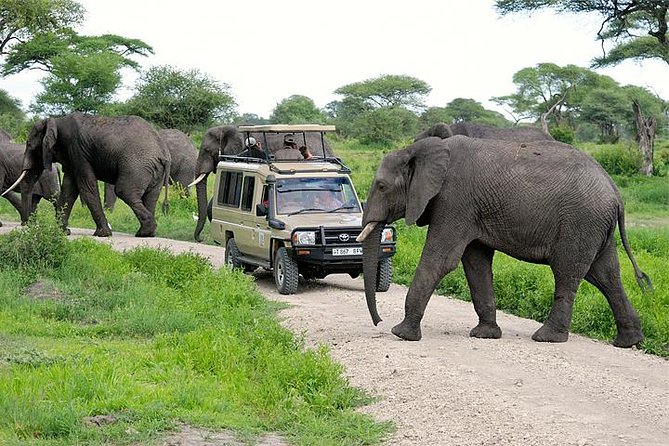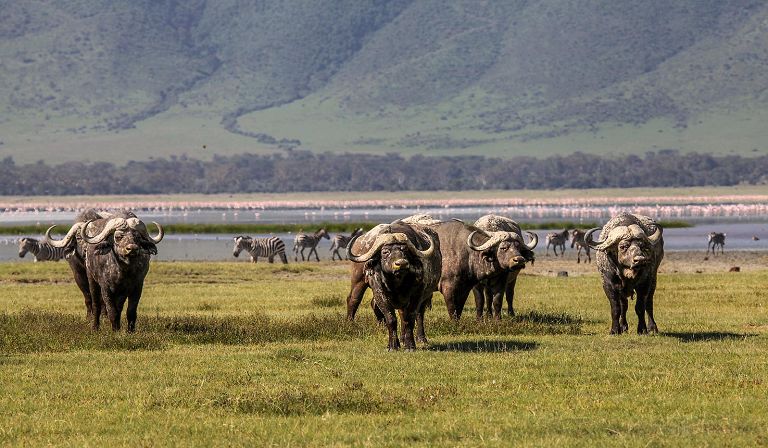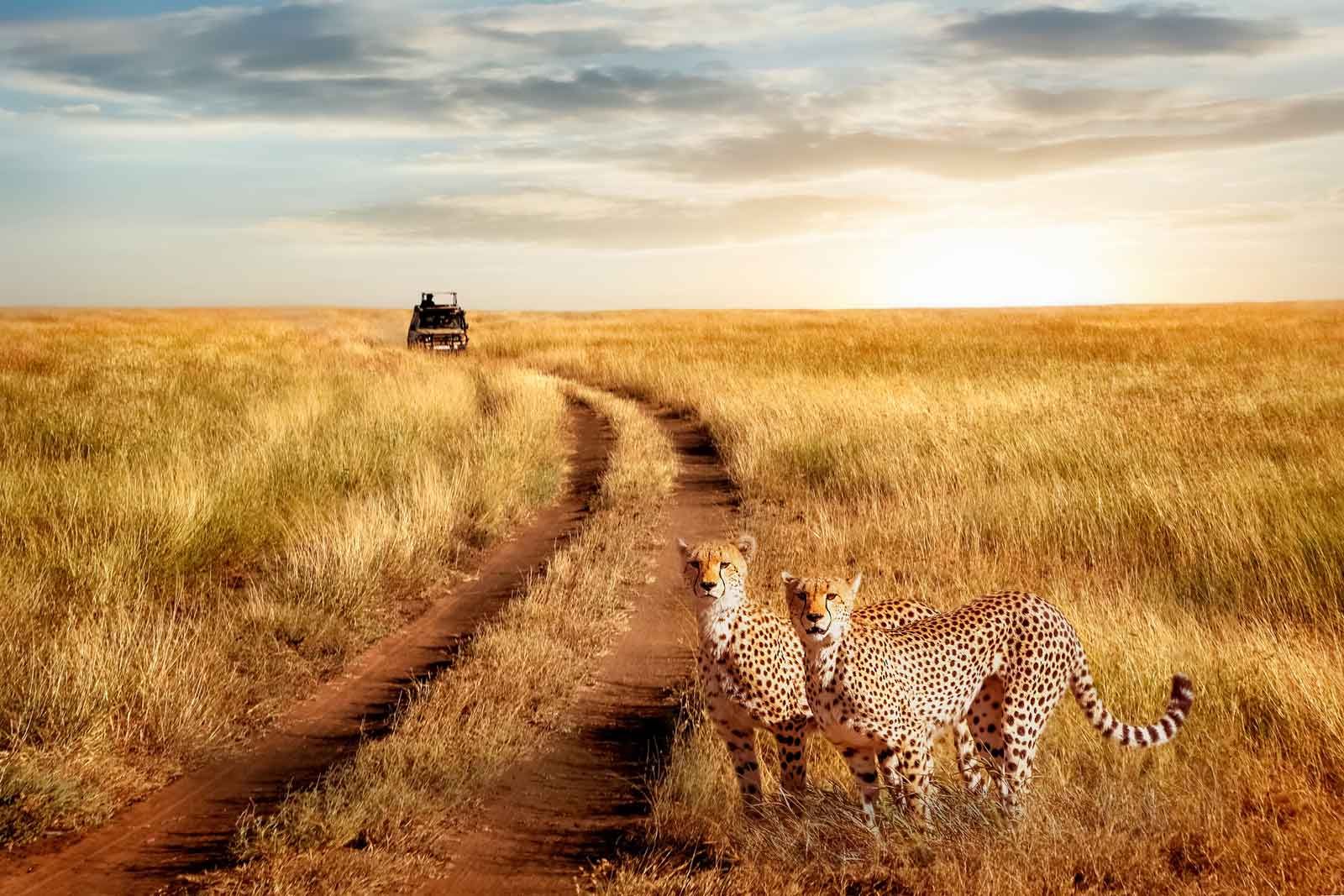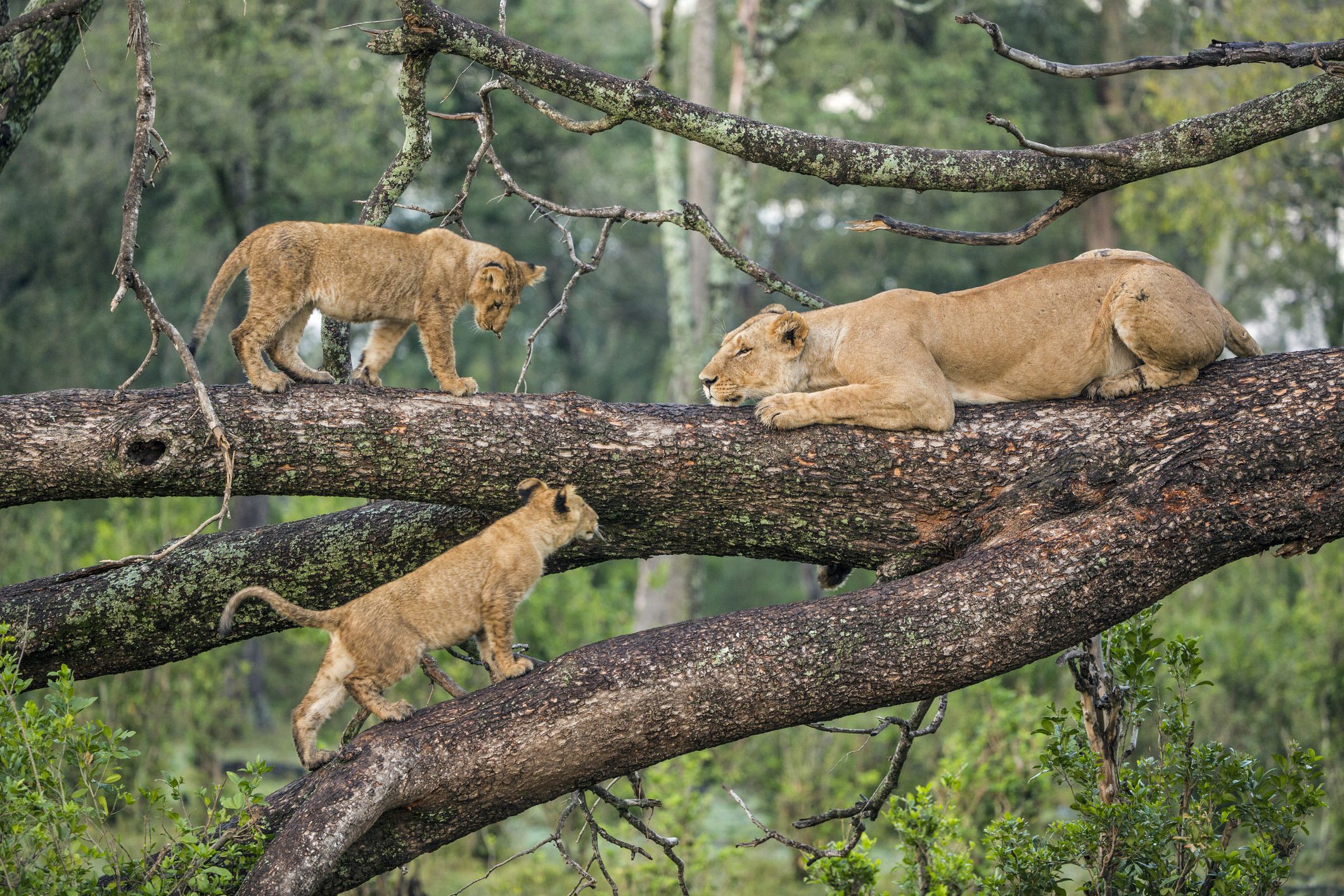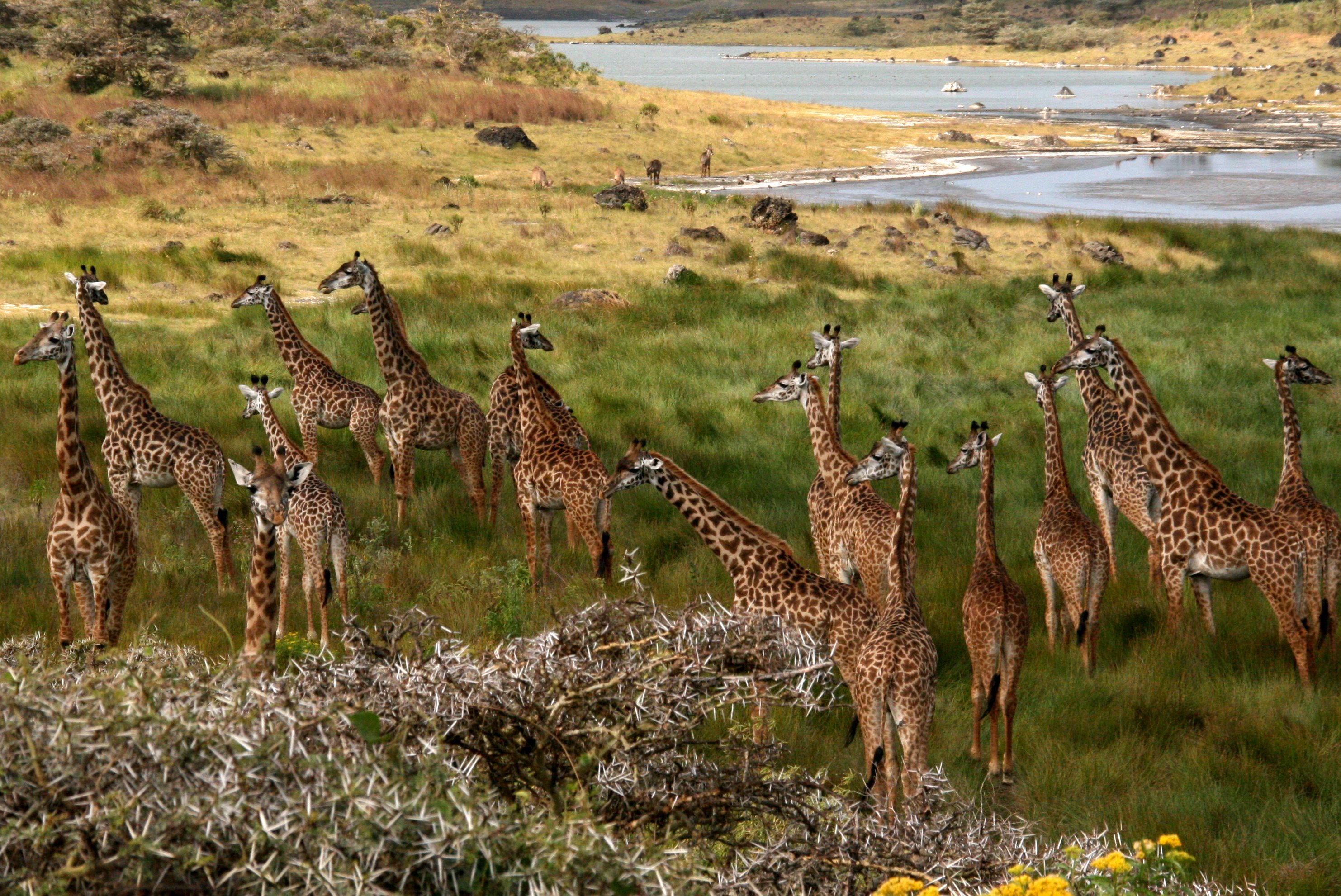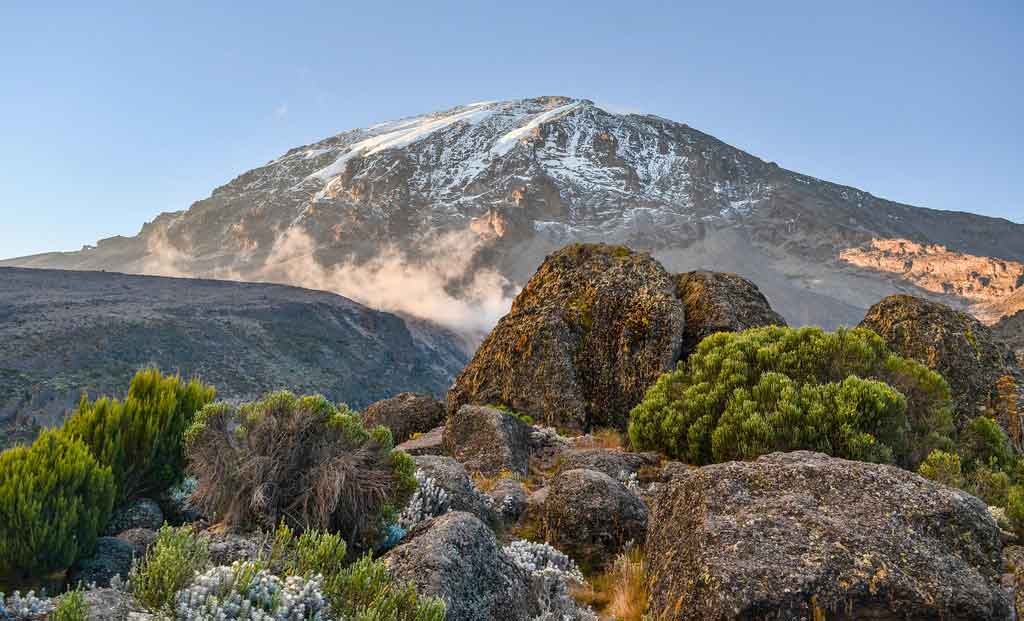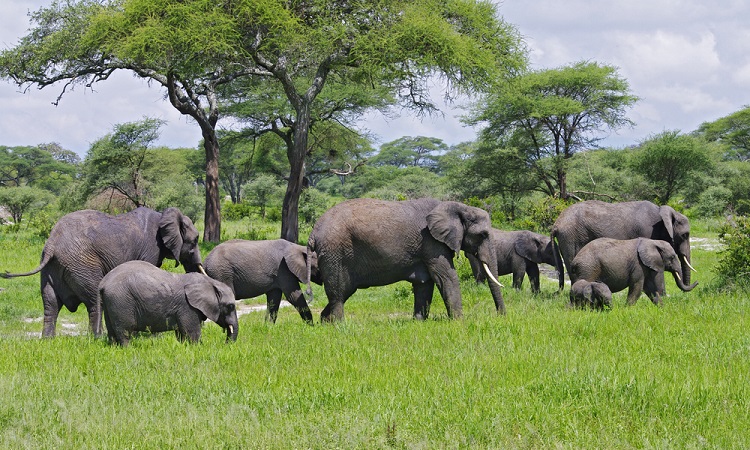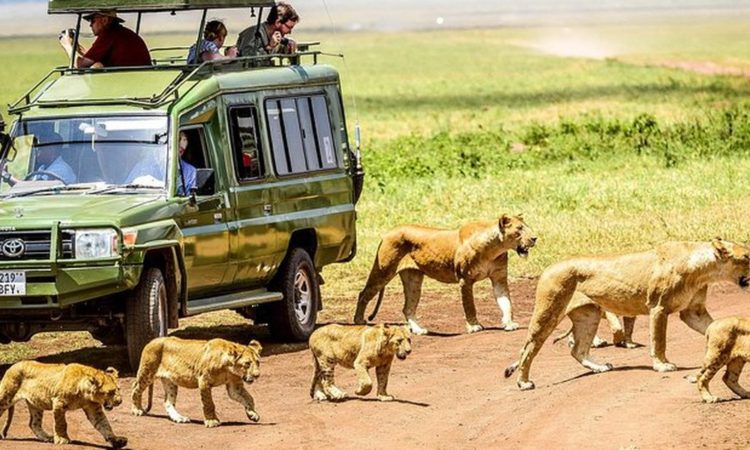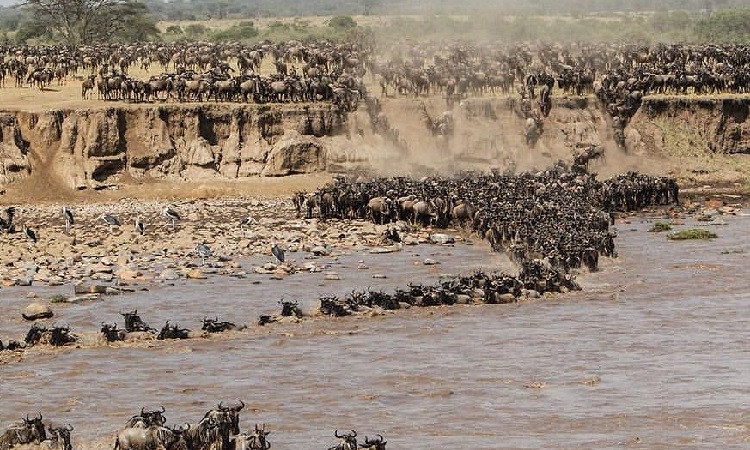Best Time For Tanzania Wildlife Safaris
The best time for a Tanzania safari depends largely on what you want to experience, whether it’s wildlife viewing, the migration,
or enjoying the natural beauty of the parks. Generally, the dry season is considered the best time for a safari, but there
are different factors to consider.
1. Dry Season (June to October)
This is widely regarded as the best time to visit Tanzania for a safari. Here’s why:
- Weather: The dry season runs from late June to October, with July, August, and September being the peak months.
These months feature lower humidity and pleasant daytime temperatures ranging from 70°F to 85°F (21°C to 29°C).
- Wildlife Viewing: Animals tend to gather around the remaining water sources, making them easier to spot.
The vegetation is thinner due to the lack of rain, which also makes it easier to view animals.
- Migration: This is the time of year when the Great Migration in the Serengeti National Park is at its most dramatic.
The wildebeest, zebra, and gazelle herds follow the rains and are often seen in the northern Serengeti near the Mara River,
where dramatic river crossings take place, attracting predators.
- Best Parks: This is the perfect time to visit Serengeti, Ngorongoro Crater, and Tarangire National Park.
2. Green Season (November to May)
The rainy season, or the green season, runs from November to May, with the short rains typically occurring in
November and December and the long rains from March to May. While it’s not as popular as the dry season, there are
still some great advantages to visiting during this time:
- Fewer Crowds: The rainy season sees fewer tourists, which means a more intimate experience with less crowded parks and lodges.
- Lush Scenery: The parks come alive with green grass, vibrant vegetation, and baby animals, especially in early rains.
- Migration in the South: The Great Migration is often in the southern Serengeti during the early part of the green
season (January and February). This is when wildebeest calving takes place, and you can witness thousands of baby animals and a
high concentration of predators.
- Lower Costs: Since it’s the low season, you can find better deals on accommodations and tours, making this a more affordable
time to visit.
3. Special Considerations for Specific Parks
- Serengeti:
- The best time for game viewing is in the dry season (June to October), but the southern Serengeti is best visited during
the calving season in January and February for the migration.
- The northern Serengeti is best from July to September, when the wildebeest migration is near the Mara River for the
famous river crossings.
- Ngorongoro Crater:
- This is a year-round destination because it’s a permanent water source for animals, so it’s good to visit any time.
The crater is known for great wildlife viewing, including the “Big Five,” and its unique landscape.
- Tarangire National Park:
- Best visited in the dry season (June to October), when elephants and other animals are concentrated around the Tarangire River.
- Zanzibar (Beach Extension):
- The best time to visit Zanzibar is during the dry season (June to October), which is ideal for enjoying the beach and water activities.
4. Pros and Cons of the Seasons:
- Dry Season (June to October):
- Pros: Best for wildlife viewing, easier to spot animals, migration season (especially July to September), pleasant weather.
- Cons: Can be crowded in popular parks, more expensive as it’s peak season.
- Green Season (November to May):
- Pros: Fewer tourists, lush landscapes, baby animals, lower prices, migration calving.
- Cons: More rain, muddy roads, some areas may be harder to access, fewer animal concentrations outside the migration.
Summary:
- Best Overall Time (for wildlife and migration): June to October (dry season).
- Best for Budget Travelers: November to May (low season, though rain can be an issue).
- Best for Migration and Calving: January to March (southern Serengeti for calving season).
- Best for River Crossings: July to September (northern Serengeti for dramatic Mara River crossings).
Ultimately, the best time for a safari depends on your preferences: if you're after iconic wildlife sightings and the spectacle of the Great
Migration, go for the dry season (June to October). If you want a quieter, more budget-friendly experience with lush scenery, the green season
(November to May) is a good choice.
